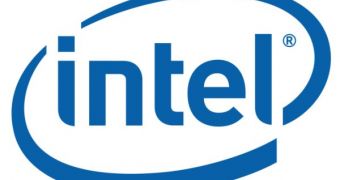Most of the computers connected to the Internet today still use standard copper cables for transmitting information, which is carried aboard electrons. The core of the World Wide Web is, however, made up of fiber optic cables, which rely on data being sent via photons. The latter particles are far more “qualified” for the task than electrons are, but, at this point, the technology is still fairly expensive, and cannot be implemented at a wider scale.
Intel, the largest chip manufacturer in the world, has recently announced that it plans to develop a new type of cable, called Light Peak, which will combine the efficiency of fiber optics with the low price of a standard cable, Technology Review reports.
The Vice President of Intel's mobility group, Dadi Perlmutter, announced this Wednesday at the Intel Developer Forum (IDF), held in San Francisco, California, that plans were to introduce the new cable by 2010. According to the official, the new tool will be able to transfer as much as ten gigabits of information from one device to another, such as, for instance, from a laptop to an external hard drive. The optical cable will additionally be fairly inexpensive, thin, and hopefully a good alternative to the multiple copper wires that are in use today.
At the conference, Intel representatives also said that Light Peak would be able to carry signals of various types at the same time, which means that, for example, a user could back up their hard drives, copy a movie, and connect to a local area network or the Internet through just one cable. The way this is achieved is through special devices, placed at each end of the cable. These small structures encode information in photons, and then send it to the other end. The receiver-emitter at the other end decodes the data, processes it, and then allows for it to be transformed into electrical signals that gadgets can read.
While speaking at the presentation, Perlmutter showed in one hand a number of cables that he used with his laptop, and showcased the new Light Peak in the other hand. “I have a very light notebook, but carry a huge amount of cables with me,” he said. Speaking about how long it would take before the new cable was accepted as the norm in electronic devices, and began to be used at a large scale, the Intel representative added that, “This will be a long-term transition.”

 14 DAY TRIAL //
14 DAY TRIAL //